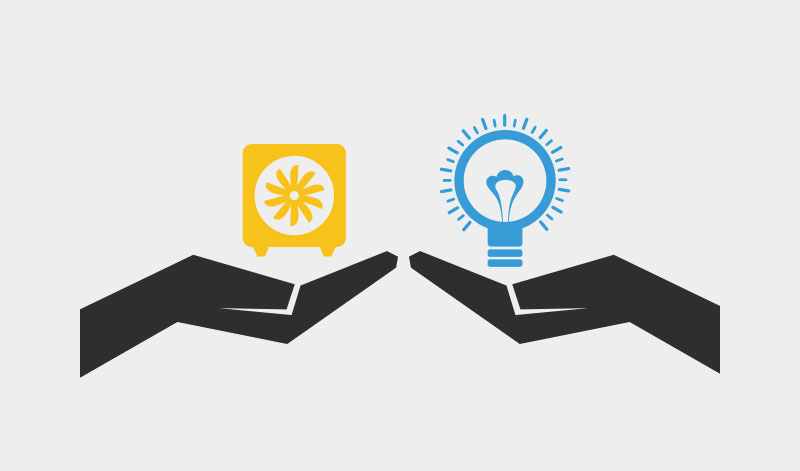
Weighing Your Options: Prioritizing Energy Efficiency Investments
Energy efficiency is a good investment, but where should a company start? A variety of energy-efficient technologies and cost-saving opportunities are available. Selecting and prioritizing projects may depend on the type of facility, hours of operation, age of equipment and access to funding. Keep these in mind when recommending projects to a client.
Start with the easy targets
It doesn’t take a lot of money to start saving energy. Begin by making a commitment, benchmarking your energy performance and creating a plan. Next, put your plan into action.
Prime examples of low-cost energy-saving measures include:
- Encourage employees to turn off lights in empty rooms.
- Install programmable thermostats to adjust building temperatures based on your schedule.
- Use power management settings on computers, printers and other office equipment.
- Seal energy leaks around doors and windows with caulking and weather stripping.
Take it to the next level
Big projects can provide long-term savings, but they’re also more expensive and involve greater risk. To evaluate the financial impact of a project, consider the following:
- Initial cost (purchase, installation and so on)
- Ongoing costs (maintenance and training)
- Disruption to business operations
- Rebates and other incentives
- Projected annual savings
Simple payback
How do you decide among project options? Simple payback is a financial analysis tool to help you find the answer by estimating how long the cash flow (cost and savings) from a project will take to reach zero.
To understand how simple payback works, take a look at these examples: a furnace upgrade that costs $15,000 and a lighting upgrade that costs $10,000. The projected annual savings from the furnace upgrade is $5,000 and $2,500 for the lighting project. Which will provide a faster return? A simple payback analysis will tell you.
- Furnace upgrade: Simple payback = $15,000/$5,000 = 3 years
- Lighting replacement: Simple payback = $10,000/$2,500 = 4 years
While easy to use, simple payback fails to take into account the changing value of money and other factors. Net present value and life-cycle cost analysis are more sophisticated tools giving you a more accurate picture of the long-term financial impact of a project.
By using the right tools and planning ahead, you can select upgrades that will optimize savings, while matching the budget and strategic initiatives.